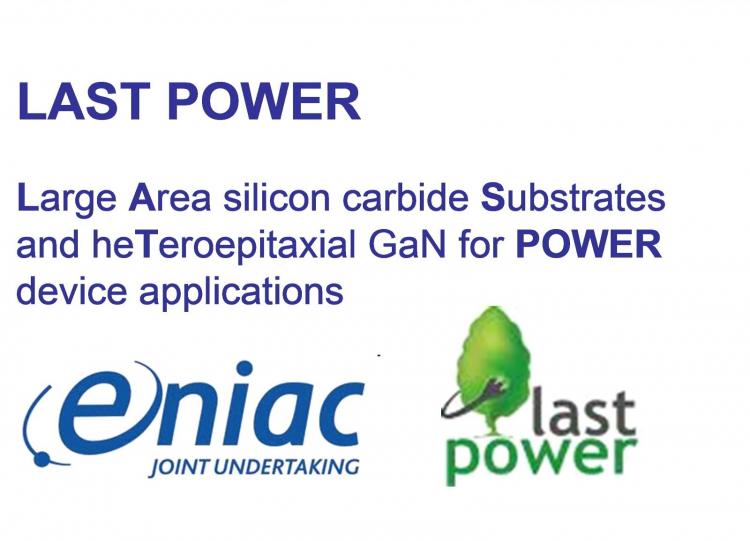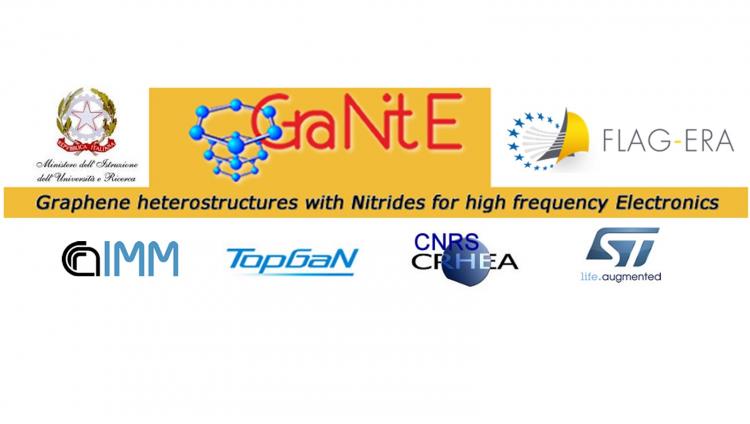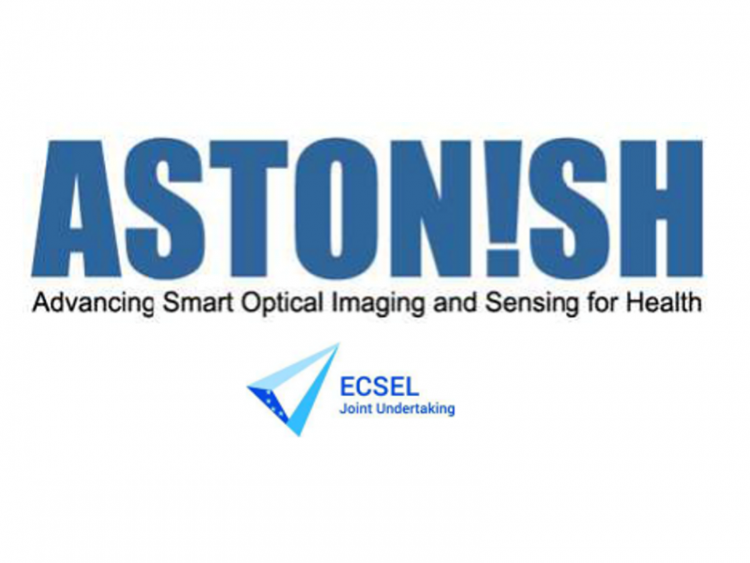
Earthquakes and volcanic eruptions are major concerns for our society, representing a burden for people’s security and generating considerable financial losses due to infrastructure damage. Monitoring geohazards requires both an integration of different observational techniques and higher resolution measurements than those currently available. Conscious of this challenge, experts from multidisciplinary fields met in Brussels to kick-off a new ambitious research and innovation project, named “SiC nano for PicoGeo”, which aims to overcome the limitations of the current instruments for geoscience and geohazard monitoring. This new project, funded by the FET Open scheme of the European Union’s Horizon 2020 research and innovation programme, aims to develop a radically new dynamic ground strain measurement technology with an ultra-high resolution of 10-12 that is about two orders of magnitude better than the presently available technology. The research combines the high performance 3C-SiC material with a high Young modulus (almost 3 times higher than silicon) that improves the resolution of the actual strain sensor, with fiber lasers for novel all-optical closed-loop operation of the resonator. This design gives the opportunity to use an electronic readout far from the borehole and easily accessible out of the deep drilling. The team of European experts from Italy, Germany, France and Belgium is committed to develop a new device intended for installation in the deep holes, which will be tested experimentally in real conditions on the Etna volcano, the most active volcano in Europe, to achieve an optimal design of the high quality and electronics of the strain meter. The innovative strain meter requires knowledge on Micro-Electro-Mechanical Systems (MEMS), Nano Optical Mechanical Systems (NOMS), light matter interaction, opto-electronic transduction, guided laser propagation, material science and electronic circuit design. The project will contribute to reveal ultra-small and slow strain transients preceding earthquakes and eruptions and obtain new understanding of both volcano and seismology processed, with a remarkable reduction of the total installation costs and a higher precision. The new technology will foster the real time monitoring of the dynamic strains and will provide useful information on the structural integrity, assisting in preventing catastrophic failures and loss of life. The ambition is to provide a European frontier laboratory, the “Pico strain Etna Lab”, which will be the starting point of a new network infrastructure that could support geodynamic research and improve alert warning in volcanic and seismic regions.
The project is coordinated by CNR-IMM.
Project coordinator: Francesco La Via






